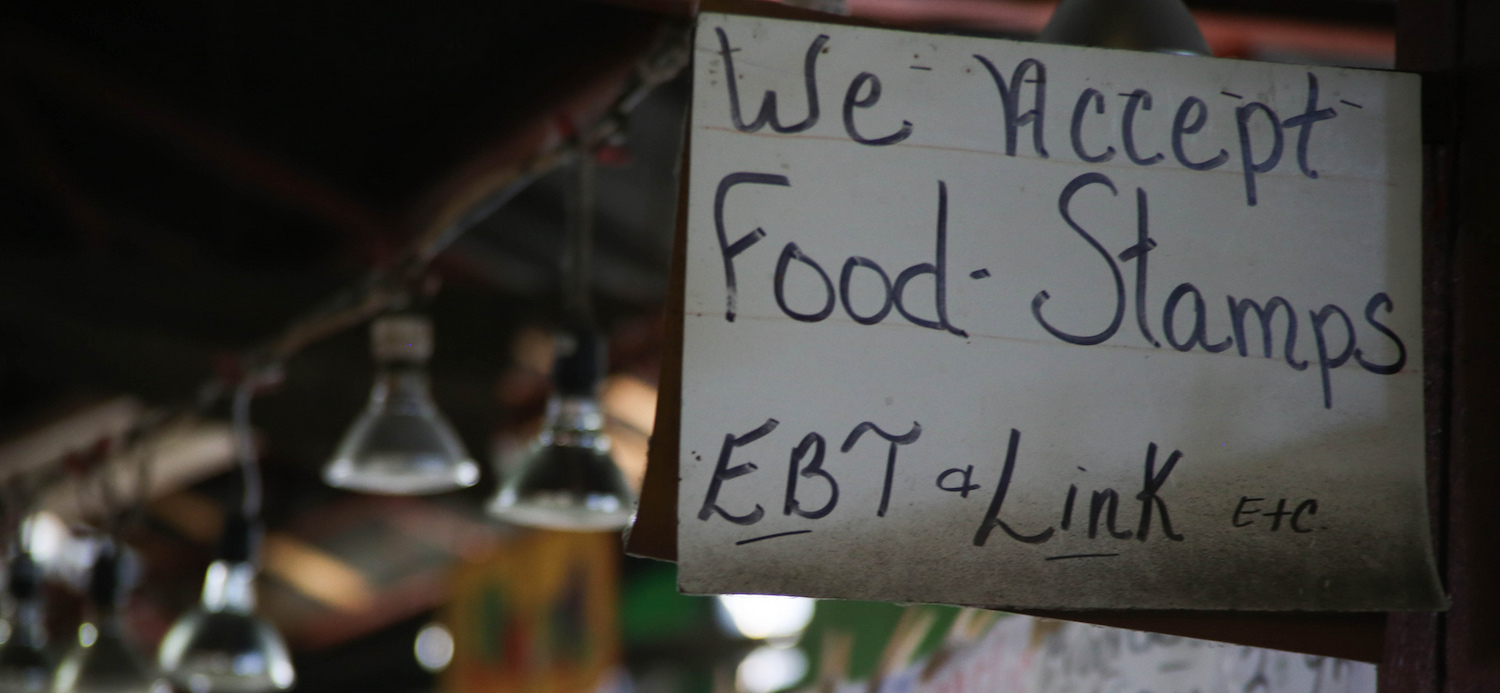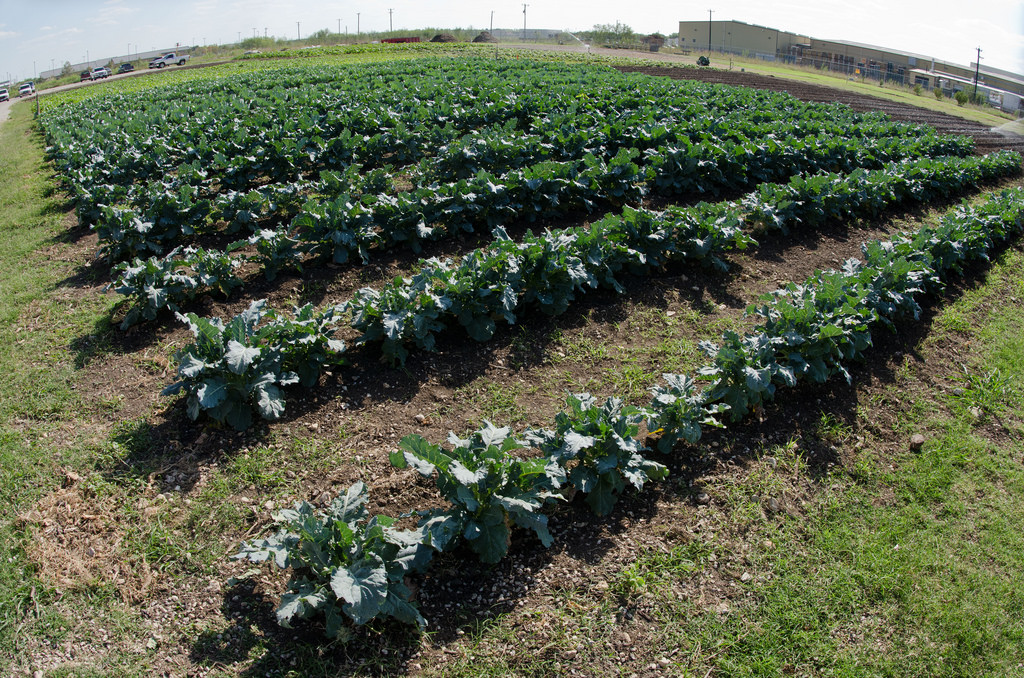This is the web version of a list we publish twice-weekly in our newsletter. It comprises the most noteworthy food stories of the moment, selected by our editors. Get it first here.
No diamond in the Thrush. Anyone who reads this “thinly sliced” section regularly knows we tend to take note when The New York Times deigns to cover food policy. Most of the time, they get it right! But on Thursday, the Gray Lady covered a study that became null and void on Wednesday, and we’re here to set the record straight. Here’s what’s up: Right now, a conference committee of representatives from the House and Senate are meeting to reconcile their two different versions of the farm bill. As we’ve been reporting for months, the House version of the bill is a conservative wet dream that makes big cuts to the Supplemental Nutrition Assistance Program (SNAP, formerly food stamps) and champions the kind of “welfare reform” outgoing House Speaker Paul Ryan would like to put on his resumé, while still leaving farm subsidies basically untouched. This is the version of the bill that would strip 2 million food-insecure Americans of their benefits, according to the aforementioned study, which reporter Glenn Thrush cites in his piece. By contrast, the Senate version is bipartisan and much, much closer to the legislation currently in place.
Politico reported on Wednesday that House Agriculture Committee Chairman Mike Conaway has already submitted a proposal to his Senate counterparts that makes “significant compromises” on the SNAP question. That means the committee has, in all likelihood, left behind the draconian provisions outlined in the House version of the farm bill and analyzed in the study the Times covered Thursday. This doesn’t mean people won’t lose their benefits as a result of provisions in the final bill—we have no way of knowing what the committee will ultimately agree on. It just means the House version of the bill probably won’t survive intact unless Republicans rally against whatever compromise is reached in committee. Indeed, Politico on Thursday reported that committee lawmakers are waiting on scores from the Congressional Budget Office on as-yet-undisclosed new provisions.
So we’re not covering any studies about the specific implications of a version of the farm bill that’s already outdated. That’s why you won’t see us writing about an alarmist report that explores the implications of a federal ban on local pesticide restrictions (you might’ve seen the “Roundup on the playground” headlines). When we understand what the final bill might look like, you’ll hear from us.
Metabo-myth. Bad news for chili pepper evangelists (and plenty of sluggish metabolism apologists, too): Exercise and diet can only marginally boost your metabolism. Turns out, the term “metabolism” actually refers to the thousands of chemical reactions in our bodies that turn food into fuel. It’s very mysterious stuff, and Vox’s Julia Belluz spent 24 hours in one of only a handful of existing metabolic chambers in the world, measuring tiny, minute-by-minute changes in her body in the name of journalism. She emerged with a better understanding of how her body burns calories—and, lucky for us, she explained it all in a deep dive earlier this week. You’ll never think of your metabolism the same way again.
Dinner in a desktop. Can food computers—that is, a climate-controlled, computer-operated mini-farm the size of a microwave—and vertical farms break Big Ag and democratize food production? For Grist, Nathanael Johnson envisions a futuristic world where our crops grow both onward and upward. What does it look like? Well, there’d be a lot more vertical farms, for one, growing leafy greens in warehouses, stacked in planters from floor to ceiling under neon lights. For another, every home would have its own food computer, a contraption that combines an indoor farm with software that can control and track the growth of its produce. Scientists and DIY enthusiasts have already figured out how to make food computers for under $300 and a trip to Home Depot. But the larger question remains: will food computers be popularized in typical homes, by ordinary people? Until scientists and startups hack food systems on a large scale, we’ll keep picking our arugula where we always do: at the grocery store.
Baking the most out of a bad situation. Vallery Lomas was a full-time attorney with a part-time baking project on the side, when she was encouraged to audition for the third season of The Great American Baking Show, an American spinoff of the popular British television series. Lomas earned a spot in the competition, edged her way past other contenders, and eventually won. With a success like that, you’d expect a lot more visibility and attention than what Lomas actually received. That’s because the series was unexpectedly cancelled after one of its judges, pastry chef and TV personality Johnny Iuzzini, was accused of sexual harassment at the height of the #MeToo movement last fall. But Lomas wasn’t about to have her dreams thwarted by another person’s moral failings. Shortly after winning, she quit her job as a lawyer, and is now hustling to publish a cookbook and pitching her own show. When life gives you lemons, bake lemon cream puffs. Grub Street has the story.
History lesson. “Give me your tired, your poor, your huddled masses…” reads the inscription on the Statue of Liberty, which, like many immigrants, crossed the Atlantic to arrive in New York Harbor in 1885 (fundraising for the base dragged a bit, and the statue wasn’t dedicated until 1886). Today, the “poor” clause may be due for a strikethrough if the Trump administration follows through on its plans to deny green cards to people who receive public assistance. Ironically, those plans are based on anti-Irish policy implemented in the United States before the statue was erected, Mother Jones reports. Massachusetts and New York began deporting Irish migrants fleeing the potato famine in the 1840s and later advocated for the right to refuse entry to “public charges,” a term which is still used in immigration policy today. The Trump administration’s proposal would essentially update the definition of “public charge” to include people who receive all kinds of assistance—food stamps for their children, for instance—not just cash welfare.










